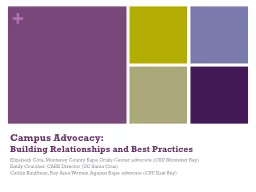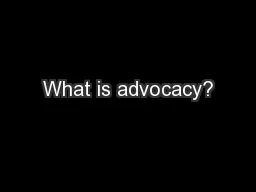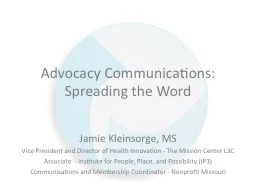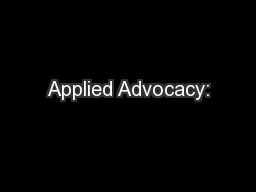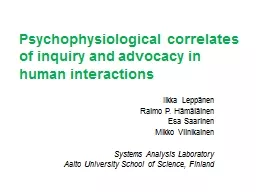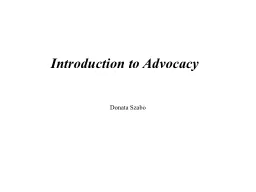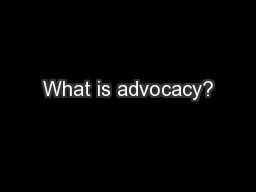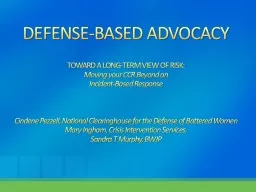PPT-Campus Advocacy : Building
Author : alexa-scheidler | Published Date : 2018-03-21
Relationships and Best Practices Elizabeth Cota Monterey County Rape Crisis Center advocate CSU Monterey Bay Emily Crutcher CARE Director UC Santa Cruz Caitlin
Presentation Embed Code
Download Presentation
Download Presentation The PPT/PDF document "Campus Advocacy : Building" is the property of its rightful owner. Permission is granted to download and print the materials on this website for personal, non-commercial use only, and to display it on your personal computer provided you do not modify the materials and that you retain all copyright notices contained in the materials. By downloading content from our website, you accept the terms of this agreement.
Campus Advocacy : Building: Transcript
Download Rules Of Document
"Campus Advocacy : Building"The content belongs to its owner. You may download and print it for personal use, without modification, and keep all copyright notices. By downloading, you agree to these terms.
Related Documents

